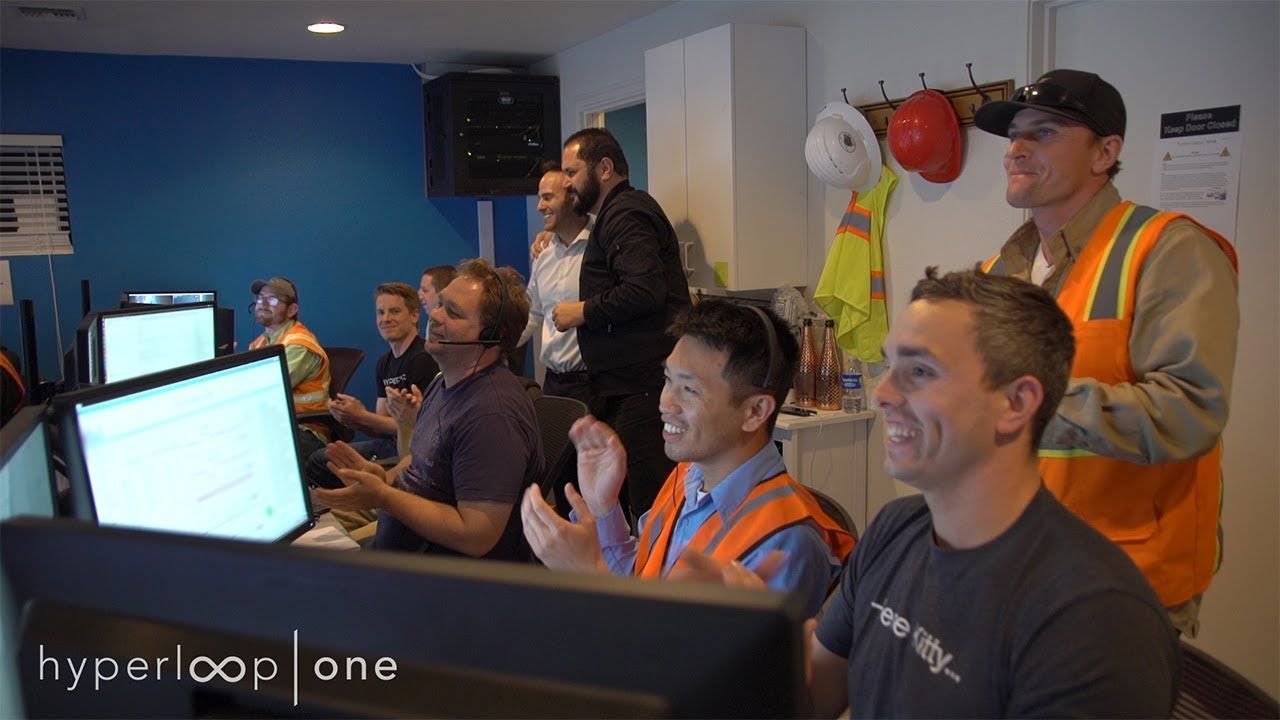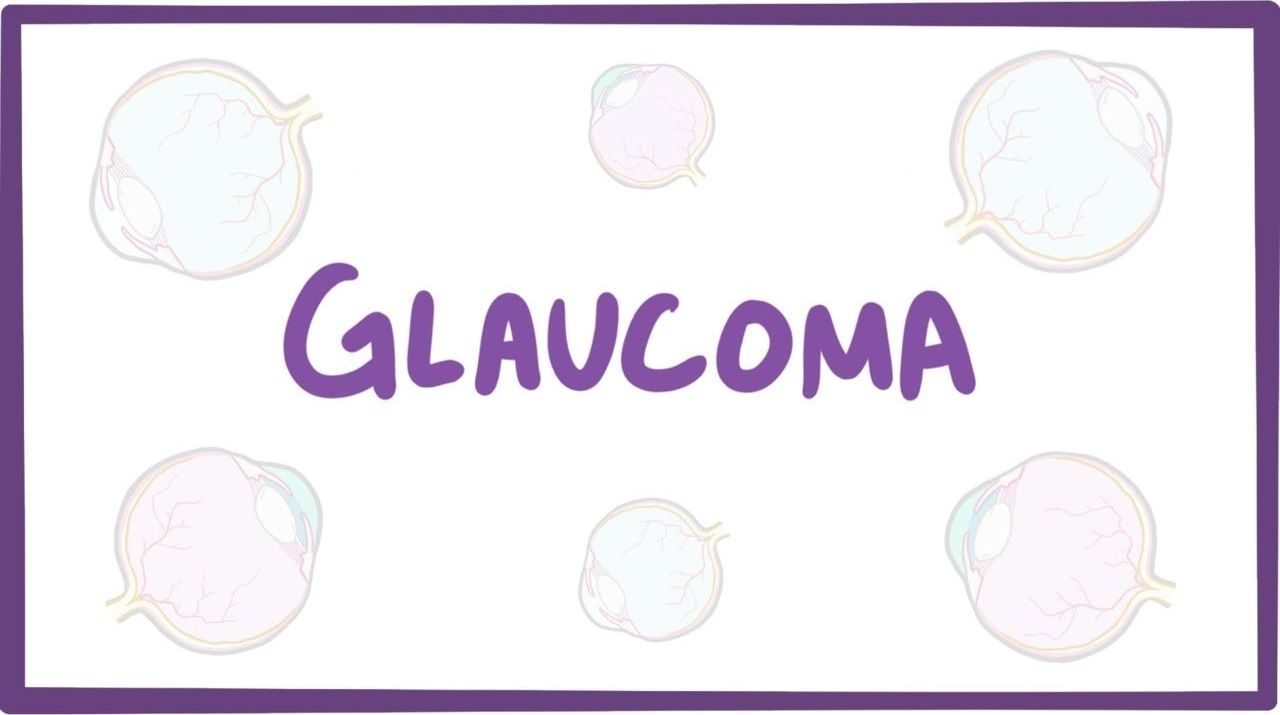I’m sold, take my money.
A team of researchers from Sun Yat-sen University have used gene editing to correct a potentially fatal blood condition. This world-first accomplishment represents the first step to a future where we literally edit disease out of our bodies.
Beta-thalassemia is a blood disorder that plagues individuals throughout the entirety of their lives. There is no truly viable cure. The only real hope that people have of overcoming this disease is either a stem cell or bone marrow transplant; however, these procedures are rarely performed due to the life-threatening risk that comes with them.
Researchers at Macquarie University have discovered that a naturally occurring protein in the body protects the eye from the common eye disease glaucoma, which is particularly sensitive to oxidation through environmental factors that may include cigarette smoke. The findings were published in Scientific Reports.
The researchers have demonstrated that the protein “neuroserpin” is critical to a healthy retina, regulating other enzymes and maintaining a natural protective environment in the eye.
Neuroserpin belongs to a family of proteins “serpins” that are particularly sensitive to oxidation through environmental factors.








